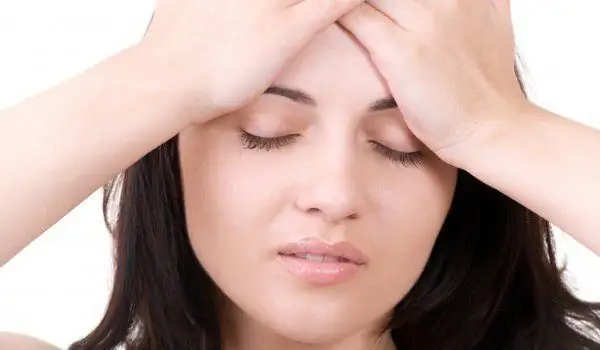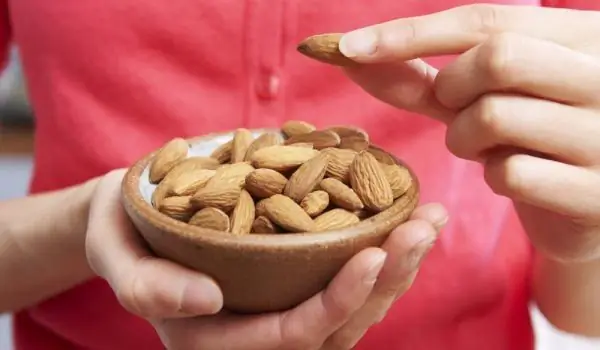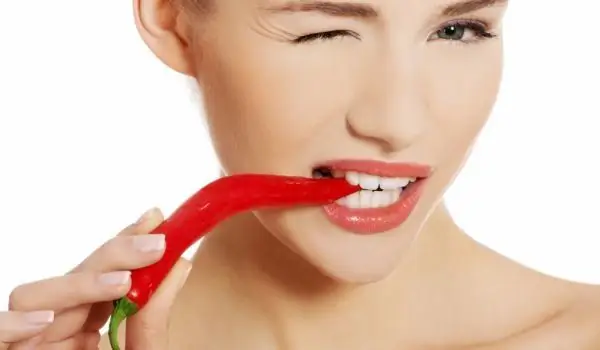2025 Author: Jasmine Walkman | [email protected]. Last modified: 2025-01-23 10:18
Weakness, fatigue, dizziness, depressed mood are problems that people with very low blood pressure face.
We talk about hypotension, when blood pressure is below 100 to 60 millimeters of mercury. Typical symptoms of low blood pressure are: impaired concentration, tinnitus, cold feet and hands.
In the treatment of this disease, the most important factors are not the drugs, but the lifestyle and diet.
Here are some rules to follow when building low blood pressure dietwhich will help fight hypotension.

1. Eat often but in moderation
Excessive eating can lead to drowsiness and fatigue after eating, ie. worsen the symptoms associated with too low blood pressure. It is recommended to eat 4-5 times a day, maintaining 3-4 hours of rest between meals. You should get up from the table with a slight feeling of hunger. The feeling of satiety after eating indicates overeating - then a person dreams only of sleep and his blood pressure drops again.
2. Emphasize cereals
Characterized by a low level of processing, they are sources of complex carbohydrates that provide a constant supply of glucose to the cells of our body. This protects against sudden changes in blood pressure.
Among the most useful whole grains are: black bread, buckwheat and pearl barley, brown rice, whole grain pasta, cereals such as oats, wheat, rye and barley.
3. Intake of plenty of fluids

During the day you should drink at least 2-2.5 liters of fluid. It is recommended to use mineral water that contains sodium, which raises blood pressure.
Caffeine in coffee can also raise blood pressure, but it has a short-term effect. Subsequently, the pressure drops sharply, which may be accompanied by drowsiness, deterioration of well-being and mood.
4. Increased salt intake
The fact that the sodium contained in sodium chloride increases the pressure does not mean that salt in foods should be added in large quantities, be reasonable.
5. Spicy foods

Spices, especially spicy, have a warming effect on the body and increase pressure. Hot red pepper is especially recommended. It is also a good idea to add a small amount of ginger to hot tea.
6. Herbs and aromatherapy
Another advice in hypotension - You should use tinctures or tea with thyme, mint leaves, eucalyptus and oregano. From the natural ones essential oils in hypotension you can use thyme and eucalyptus oils.
Recommended:
Nutrition And Low Blood Pressure

If you suffer from low blood pressure, you must follow a certain diet and lifestyle. Many people suffer from low blood pressure and this is most often reflected in constant fatigue and tiredness for no reason, as well as in constant headaches.
Eat Mozzarella Regularly To Fight High Blood Pressure

Italian mozzarella cheese is widely known around the world. It has a bright white color, a delicate sweet taste and an elastic texture. The original Italian mozzarella is made from buffalo milk. The most delicious is the one with a one-day shelf life, which is made in a round shape.
Eat These Fruits If You Want To Lower Your Blood Pressure

Fruits affect blood pressure differently. Thus, according to recent studies, in addition to potassium, watermelon has found a specific amino acid that lowers blood pressure. Bananas are also rich in potassium and are therefore a must-have food for people with high blood pressure.
To Prevent High Blood Pressure, Eat Blueberries

The intake of small berries guarantees natural prevention against high blood pressure. This is due to a bioactive compound in blueberries called anthocyanidins. Researchers from Harvard University have found after a large study that the intake of small fruits only once a week reduces by about 10 percent the risk of hypertension.
Find Out Which Foods Help With Low Blood Pressure

Blood pressure can be controlled with good food. Here are some of them that can help you: 1. Raisins - grapes are the most effective solution that helps with normal blood pressure. Several raisins should be consumed every day. Another option is to soak 10-15 raisins in water overnight.

